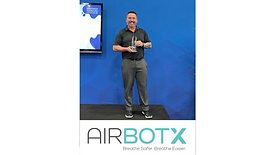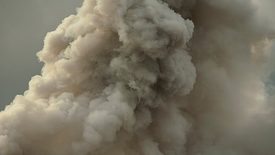Home » Keywords: » odor remediation
Items Tagged with 'odor remediation'
ARTICLES
Airbotx 390X Recognized for Innovation and Excellence at ISSA 2024
Read More
Stay ahead of the curve with our eNewsletters.
Get the latest industry updates tailored your way.
JOIN TODAY!Copyright ©2025. All Rights Reserved BNP Media.
Design, CMS, Hosting & Web Development :: ePublishing
















